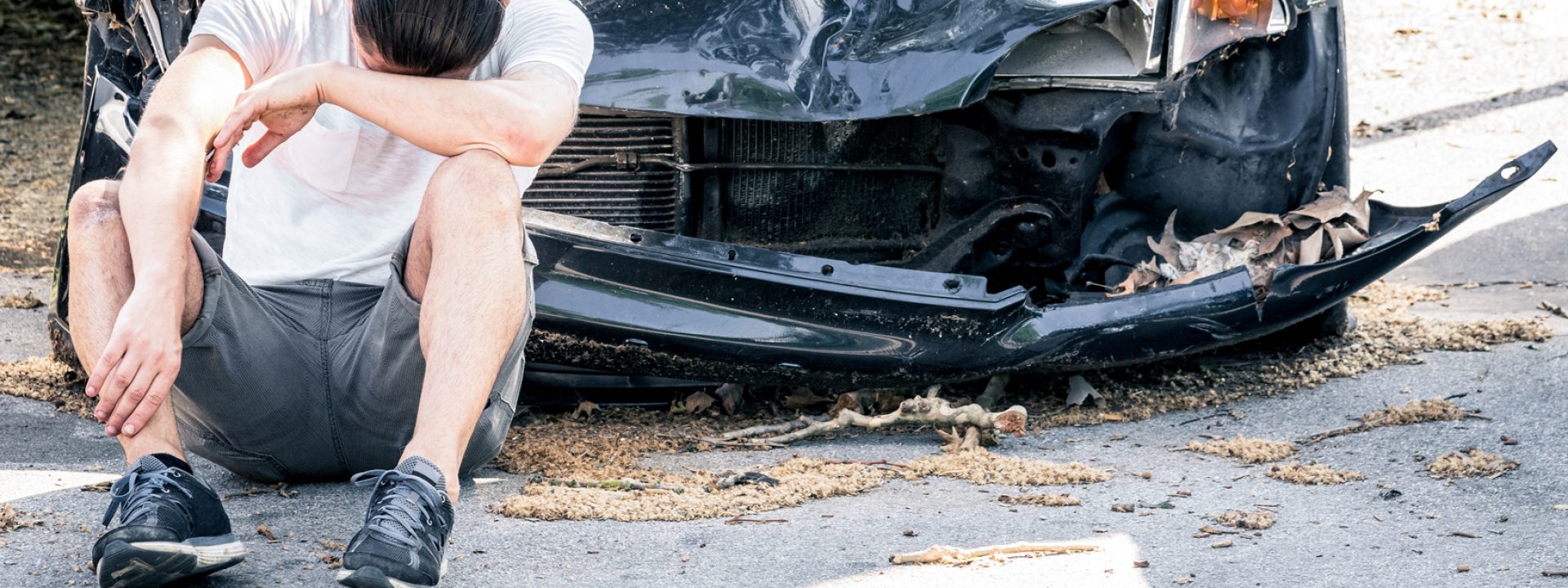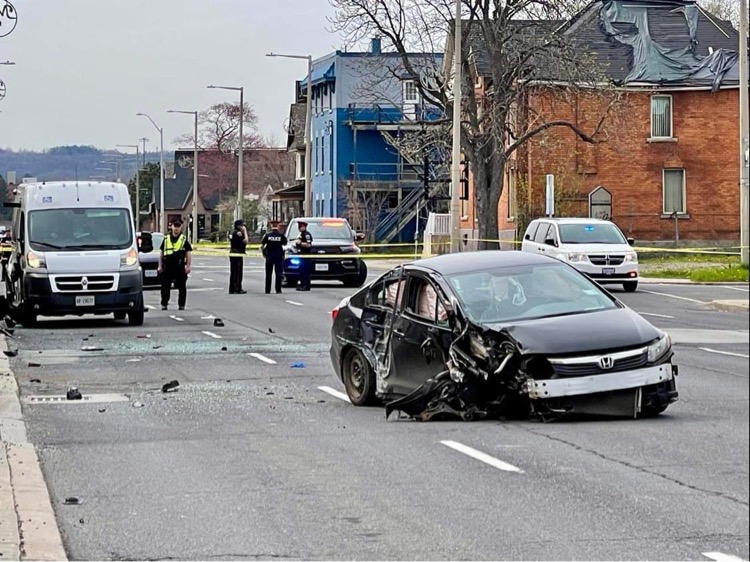Vision Zero or Zero Vision?

How many pedestrians have to die before council gets serious about making our streets safer?
I started writing this in early July. Over the next few weeks, I had to rewrite the opening no less than six times.
On July 4, a driver struck a four-year-old boy on Sherman Avenue North between Case and Clinton. The victim was taken to hospital in critical condition.
Early the next morning, a driver struck Brian Woods, a 52-year-old man biking to work on Upper Wentworth Street near the Linc overpass. The victim was taken to hospital without vital signs and pronounced dead.
On July 10, a driver on Ottawa Street North between Beach and Dalhousie struck a woman and two children and fled the scene. The woman and a 10-year boy were taken to hospital in critical condition. Witnesses say the car "went airborne" over the train tracks before slamming into the family.
On July 14, a driver on Wilson Street in Ancaster struck a man in his 30s riding a bicycle. The victim was taken to hospital.
Two hours later, a woman, her 12-year-old son and two young daughters were waiting in a bus shelter at Highway 8 and Grays Road when a nearby collision sent a driver flying off the road and into the shelter. The boy was taken to hospital with life-threatening injuries.
Later that evening, a driver at Barton Street East and Robins Avenue struck an 18-year-old man riding a bike.
This has been an exceptionally devastating year for people using public space in Hamilton, but the difference is in degree, not kind. Hamilton streets have been dangerous-by-design for decades.
Safe streets advocates have called for changes since 1957, when downtown business owners begged the city’s transportation committee to reverse the recent conversions to multi-lane, one-way traffic sewers.

everyone in between whose bodies are crushed by a screaming metallic rush of kinetic energy that we refuse to control.
Photo: Ryan McGreal
A Downtown Ideas Charette organized by the Hamilton-Burlington Society of Architects in 1996 told the city to transform its lethal downtown expressways into two-way, pedestrian-friendly streets with wide sidewalks, bike lanes and traffic calming.
That call came repeatedly over the next 26 years, to no avail. Council was relentless in its commitment to these deranged traffic sewers.
In 2013, council adopted a pedestrian mobility plan that was supposed to make pedestrians the top priority in roadway design. In practice, it had almost zero impact.
In 2016, council adopted Vision Zero, a public safety philosophy that maintains all loss of life is unacceptable and telling people to be careful doesn’t work. The road system itself must be redesigned for safety.
Vision Zero actually works if you take it seriously. In 2019, Helsinki, Finland (population 650,000) achieved zero pedestrian deaths, zero cyclist deaths and three motorist deaths. Likewise, Oslo, Norway (population 700,000) achieved zero pedestrian deaths, zero cyclist deaths and one motorist death.
Meanwhile, Hamilton averages 11 to 20 fatal collisions a year. Brian Woods, killed on his bike on July 5, was the 14th traffic fatality so far this year, a death toll that includes 11 pedestrian deaths and two motorist deaths.
Every traffic death is a tragedy, but the hit-and-run that killed renowned conductor Boris Brott, out for a walk in his neighbourhood in early April, shocked the city out of its complacency.
Under extreme duress, councillors voted on May 11 to approve a plan to improve safety on Main Street with two-way conversion and other traffic calming measures. This followed the tragic death of DARTS operator Sherri D’Amour less than a week earlier, killed when a driver speeding along Main toward Locke jumped the curb, careened off a building and crashed into her.
This July, council adopted a comprehensive Complete Streets manual that gets into the technical details about how to design streets that are safer for the most vulnerable road users.
It may be tempting to dismiss this as more empty rhetoric, like the other plans council approved and then ignored. But there’s a municipal election coming this October, and change is in the wind. Several long-term incumbents are retiring, while others have never been more vulnerable to a well-organized campaign from a principled challenger.
The status quo is a death sentence for a mounting toll of children, elderly people and everyone in between whose bodies are crushed by a screaming metallic rush of kinetic energy that we refuse to control.
Enforcement doesn’t work. There will never be enough police to patrol all the deadly streets we insist on maintaining.
Telling people to be careful doesn’t work. The victims of traffic violence are overwhelmingly not the people making reckless decisions.
Victim-blaming doesn’t work. A 12-year–old child waiting in a bus shelter cannot be held responsible for the actions of an adult operating a piece of deadly machinery.
These tactics are distractions from what really works: redesigning our streets so it is effectively impossible to drive dangerously.
Look at your councillor’s record: do they support road safety or play anti-urban identity politics? Ask candidates what they will do to make streets safe. Your vote matters. It is literally a matter of life and death.
Ryan McGreal is a web programmer, consultant, writer, editor and self-described troublemaker. He served as founder and editor of Raise the Hammer, an online magazine dedicated to sustainable urban revitalization in Hamilton. He is also a founding member of Hamilton Light Rail, a community group dedicated to bringing light rail transit to Hamilton. His personal website is Quandy Factory.






